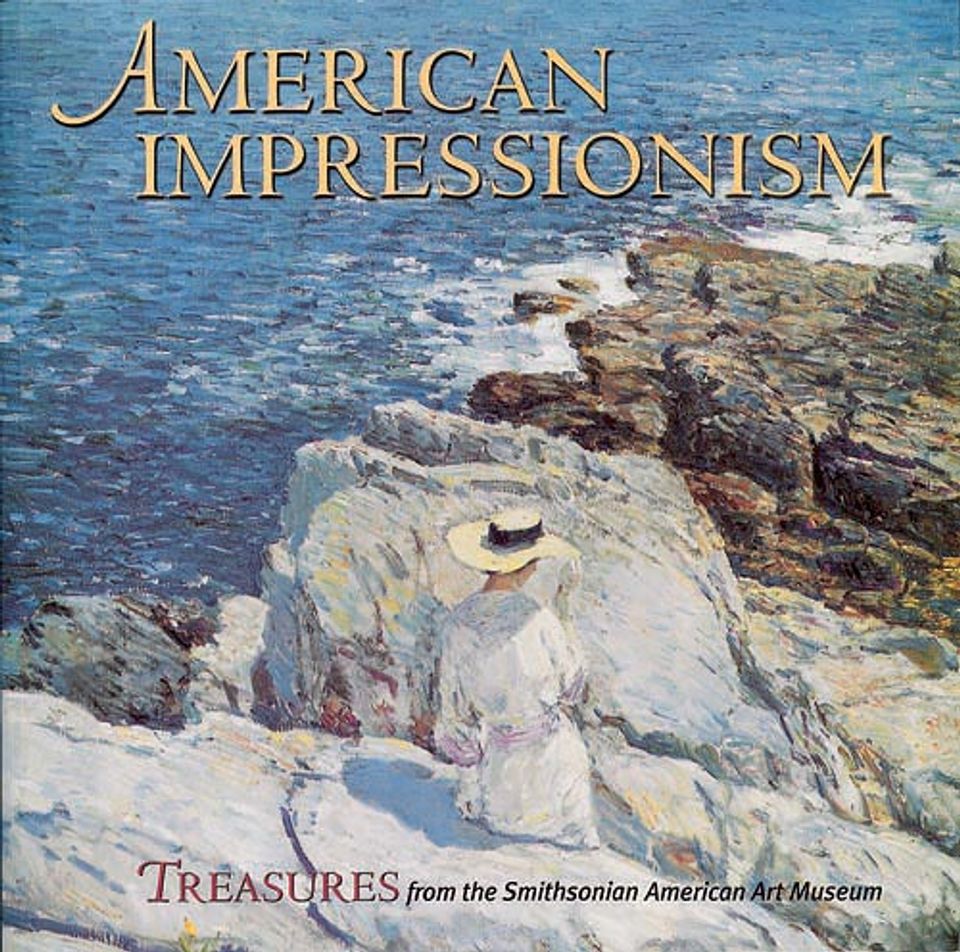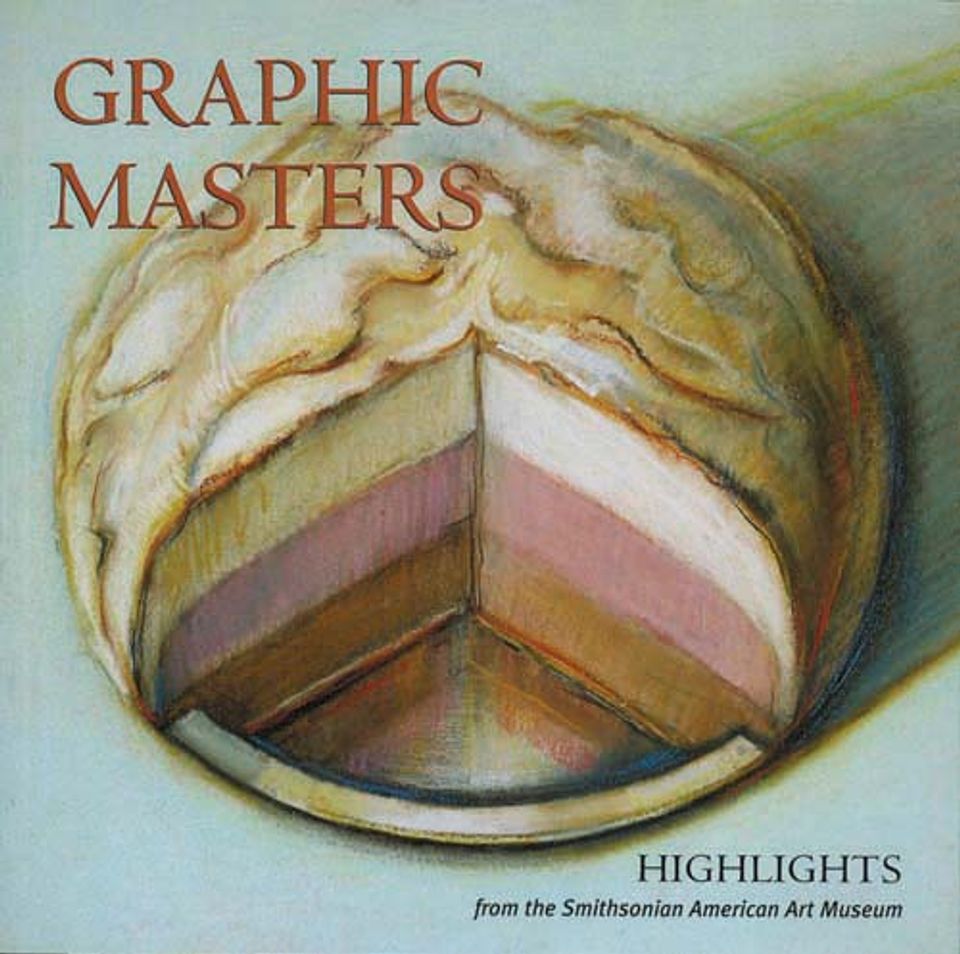Thomas Wilmer Dewing
- Also known as
- Thomas W. Dewing
- T. W. Dewing
- Thomas Dewing
- Born
- Boston, Massachusetts, United States
- Biography
Born in Boston, studied in Paris, settled in New York City. A sensitive figure painter and accomplished draftsman who specialized in ethereal pictures of women; he virtually ceased painting after 1920.
Charles Sullivan, ed American Beauties: Women in Art and Literature (New York: Henry N. Abrams, Inc., in association with National Museum of American Art, 1993)
- Artist Biography
The timeless nature of Dewing's landscapes stands in sharp contrast to the ever-increasing pace of modern life in New England. Verdant, mysterious, and peopled with attractive, classically dressed women, Dewing's paintings provided fixed points of truth and beauty for a turn-of-the-century generation fearing the great changes in American culture wrought by immigration, industrialization, and urbanization. Dewing's father worked in a paper mill, suffered financial ruin, and died an alcoholic, yet he descended from one of the first families of seventeenth-century New England. Despite modest circumstances, Dewing studied at the Lowell Institute in the native Boston and traveled to Paris, where he enrolled at the Académie Julian in 1876. Returning to Boston, he taught at the newly opened Museum School at the Museum of Fine Arts before moving, like so many writers and artists of his generation, to New York City. Living in New York, Dewing sought refuge from the vicissitudes of his new environment by returning annually, from 1885 to 1905, to the artists's colony at Cornish, New Hampshire. In Cornish, he perfected the misty, dream-like aesthetic that he used to depict a beautiful past.
William H. Truettner and Roger B. Stein, editors, with contributions by Dona Brown, Thomas Andrew Denenberg, Judith K. Maxwell, Stephen Nissenbaum, Bruce Robertson, Roger B. Stein, and William H. Truettner Picturing Old New England: Image and Memory (Washington, D.C.; New Haven, Conn; and London: National Museum of American Art with Yale University Press, 1999)
Luce Artist BiographyThomas Wilmer Dewing studied for a time in Paris, then returned home and taught at the newly opened art school of the Boston Museum of Fine Arts. But he was ambitious and knew that he needed to live in New York to establish himself as a leading artist. He moved in 1880 and on Christmas Day of that year proposed to artist Maria Oakey. The young couple embraced New York's cultural scene, joining a circle of rising artists, actors, musicians, and writers. For more than fifteen years, Thomas and Maria led the artists' colony at Cornish, New Hampshire, pursuing a "higher life" through art, music, and literature. Dewing and his friends believed that the role of art was to "suggest emotions or recall . . . memories of past experiences, of love, poetic thought . . ." (Hobbs, Beauty Reconfigured, 1996). Dewing continued to paint into the early years of the twentieth century with the support of railroad-car manufacturer Charles Lang Freer and insurance magnate John Gellatly, both of whom gave their extensive collections to the Smithsonian Institution.















